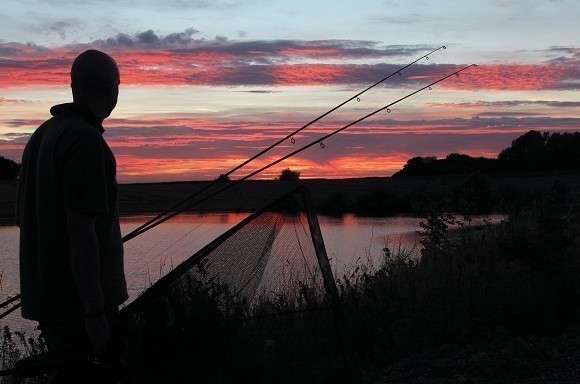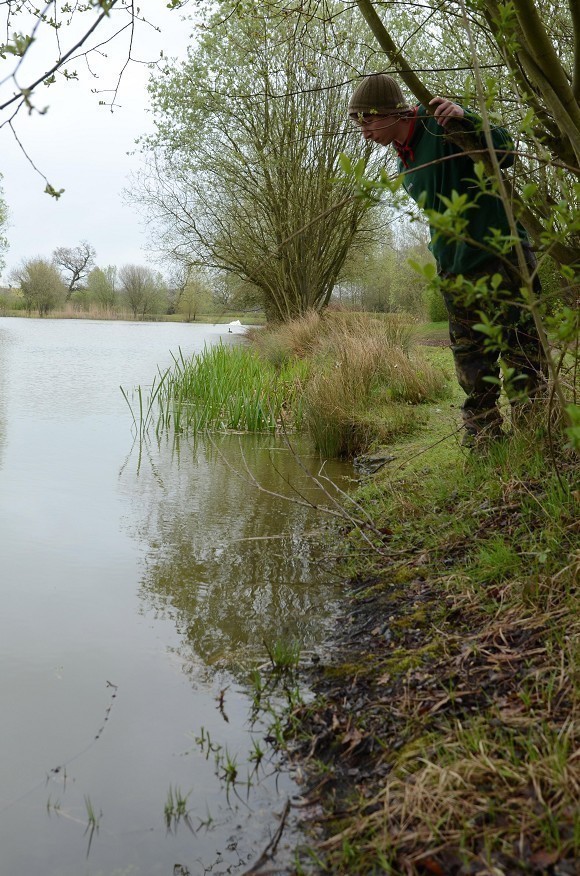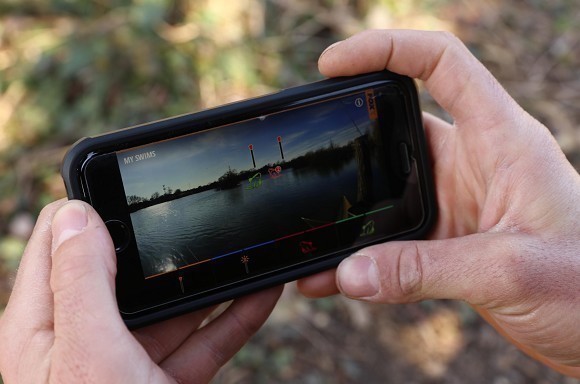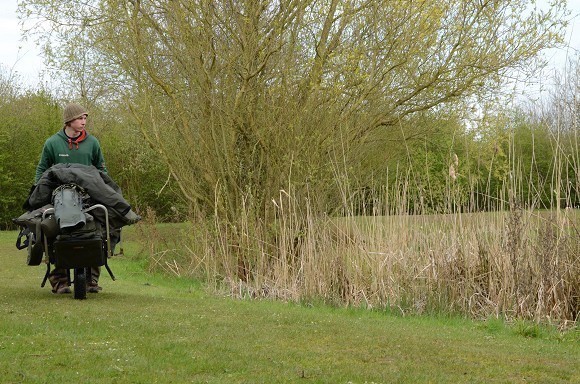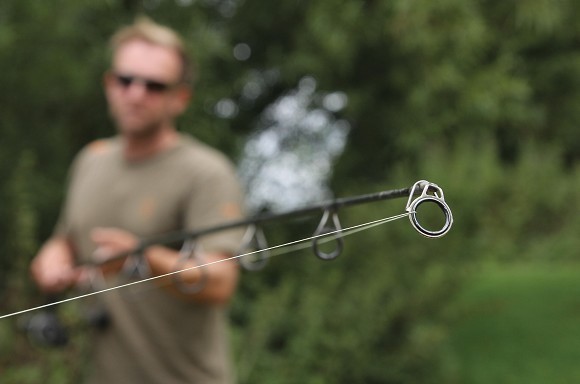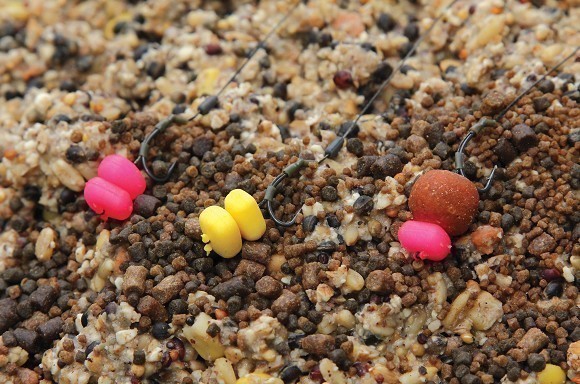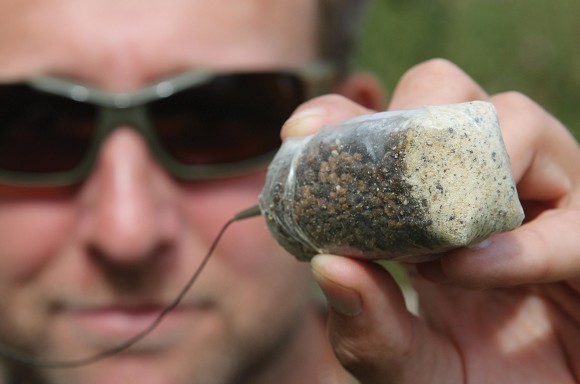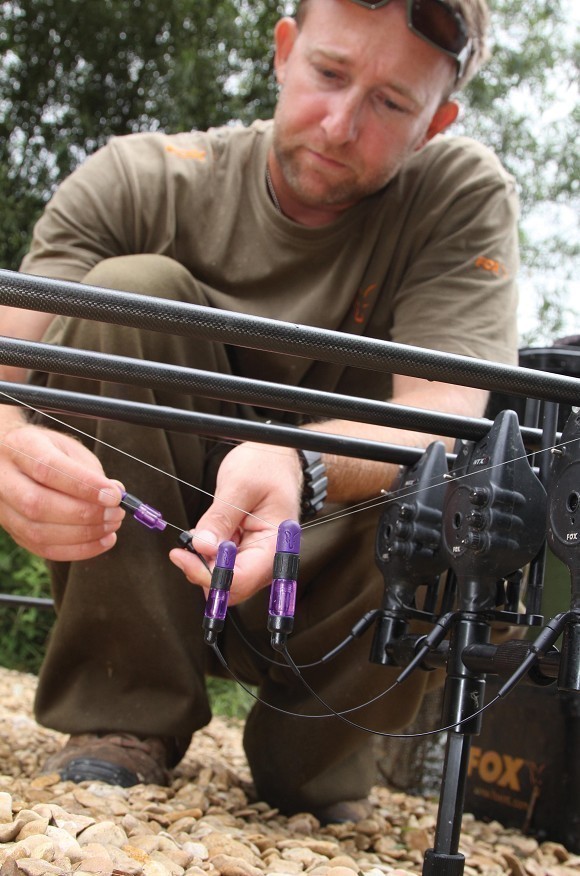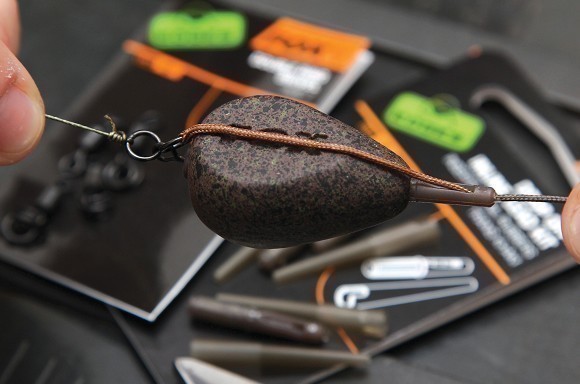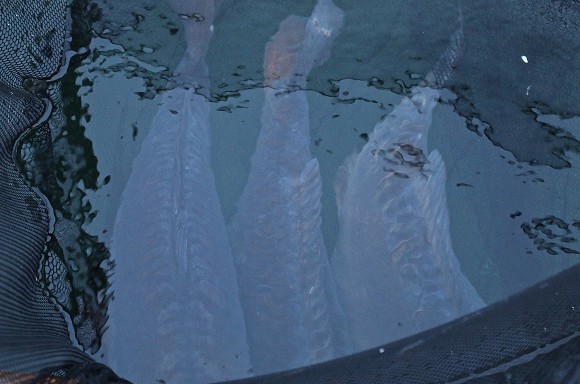
10 steps to having your best session ever
Okay, so you’ve turned up at your chosen venue, but what do you do next?
1 First things first: homework
Before you’ve even pulled through the gates of your chosen venue you’re going to be fishing, it’s essential that you do a bit of homework. Give the bailiff a call, log onto the website, have a look at the venue on Google Maps. All these things could swing the odds in your favour and, if others anglers are just turning up and winging it, you will have an advantage before you’ve even got to the lake. If you can find out where the fish have been getting caught, what time they’ve been coming out and what baits have been producing, you’ve already solved a massive part of the jigsaw. Don’t be embarrassed to ask questions and advice from other people because the answers you receive could be the difference between a blank or a real red-letter day.
2 Be the early bird
It’s amazing when you see anglers turning up to a lake at midday, expecting to get in one of the going swims and quickly discover where the fish are. As the saying goes, the early bird really does catch the worm. If you can get to the venue earlier than everybody else, there’s a good chance you will have a pick of the swims. You’ll be able to take a good walk around the venue and try and find out where the carp may be holding. Plus, carp tend to be extremely active at first light so, if you’re there for when the sun comes up, there’s a good chance you will find out where the carp are holding. Setting the alarm clock a couple of hours earlier could be the difference between catching and blanking.
3 Now take your time
It’s extremely easy to fall into the trap of dropping into the first swim that you come across or the closest peg to the car park. We’ve all done it before and sure, we’ve all regretted the decision when we’re packing away at the end of a fruitless session wondering what could have been. The best thing to do is to take your time and walk around the lake until you find signs of carp. More often than not, after a couple of laps of the lake, you will see some kind of sign. Look out for fizzing, showing fish, bow waves and anything else that could indicate that carp are in the area.
4 Select the right swim
So: what happens if you’ve walked around the lake and you can’t find any signs of carp? You’ve got two options here. One: if the lake is particularly busy, then generally, the quietest, most secluded area of the lake could be a real good bet. If a swim gets neglected on a regular basis, there’s a good chance the carp will head in there to seek sanctuary.
The second option is to call upon Fox’s new app: Swim Mapper. This free-to-download app works using a series of photos and icons, and allows you to mark down previous features/spots and record important information such as distance (number of wraps around marker sticks), depth (feet or metres), substrate (silt, weed, clay, sand or gravel), plus additional notes such as catch log etc. This is a huge edge if you fish just one water, as you can quickly build up a lot of information. However, what’s also brilliant about this brand-new app is you can share information with friends, so if you’re heading down to Linear’s Manor Farm for the weekend and you know your mate Heavy Metal Dave has angled down there in the past and has used said app, he can share that valuable info with you and in return for doing so Fox will give him three free swim downloads! With that information you now have a major head-start: you’ll know the exact distance to previous ‘hot’ spots, what the lakebed is like there and how much Dave feed. Brilliant, eh?!
5 Now grab your gear
Once you’ve popped a bucket in your chosen swim to secure it, go and get the rest of your gear – and remember: unless the weather dictates it, make sure you leave your bivvy and everything else on the barrow and concentrate on getting the rods in position. The longer the rods are in the water, the more chance you’ve got of catching. Plus, if you don’t put your bivvy up until you’re sure you’re staying in the swim, you’ll be able to move promptly and efficiently. Perfect.
6 Have a lead about
This is one seriously important tip for any angler at the start of their session: although you don’t need to necessarily get the marker rod out, it’s still important to have a lead around in the swim to get an idea what the lakebed is made up of. A couple of casts with a bare lead will cause minimal disturbance and hopefully give you a few clues about the presentation you’re going to be needing. Once you’ve found out what the lakebed consists of, you can then make the decision as to the kind of approach and rig you’re going to use.
7 Now select your rig
Once you know what the lakebed is made up of, you can suit your rig accordingly. As is always the case, opt for something you have complete confidence in. As Dave Lane will tell you, it’s much more important to find the fish than get extremely confused by rigs and rig components when, in reality, watercraft is usually the biggest factor that affects success or failure.
8 Bags are a good in
At the start of a session it’s extremely important that you don’t get carried away with the amount of bait you introduce. A good ‘in’ is with PVA bags. This will allow you to gauge how the fish are feeding then, depending on the carp’s response, you may decided to spod out a couple of spodfulls of bait. Remember: you can’t take out what you’ve put in. The number of anglers who turn up and introducing kilos of bait before they’ve even gauged how the carp are feeding is unreal. This sometimes can work but, more often than not, if the carp aren’t having it, it can totally ruin your chance of a bite.
9 Get all three in position
Finally, after following the steps explained previously, you will have all three rods in position. Always make sure you are completely happy with where your rods are and if there’s any doubt in your mind it’s best to just recast them.
10 Tweak if you need to
And finally, if you’re happy that fish are in front of you and feeding, but you’re not getting bites, never be afraid to tweak your approach. Whether it’s a change in hookbait colour or altering the length of your rig, these things can often put bonus fish on the bank. If you’re blanking and you’ve seen no signs of carp, a move is definitely on the cards.



